Best Things to do on the Costa Almeria Spain
Costa Almeria Spain is located in the southern region of Spain and it is tucked into Andalucia’s southeast corner, between the Sierra Nevada mountains and the Mediterranean Sea.
Originally known as the Costa del Sol that name became attached to the area around Malaga Province and specifically Almeria the city. The Costa del Almeria runs east of Almeria City and includes the Cabo de Gata-Nijer Natural Park, Carboneras, Mojacer, Garrucha, Vera Playa, Palomares and Villaricos.
Costa de Almeria is a favourite location for peaceful and warm holidays in the sun. The Costa Almeria while popular is not overly touristed and doesn’t have those “Benidorm” style drunken crowds. The area is perfect for family holidays with safe beaches for the kids and lots of activities for adults.
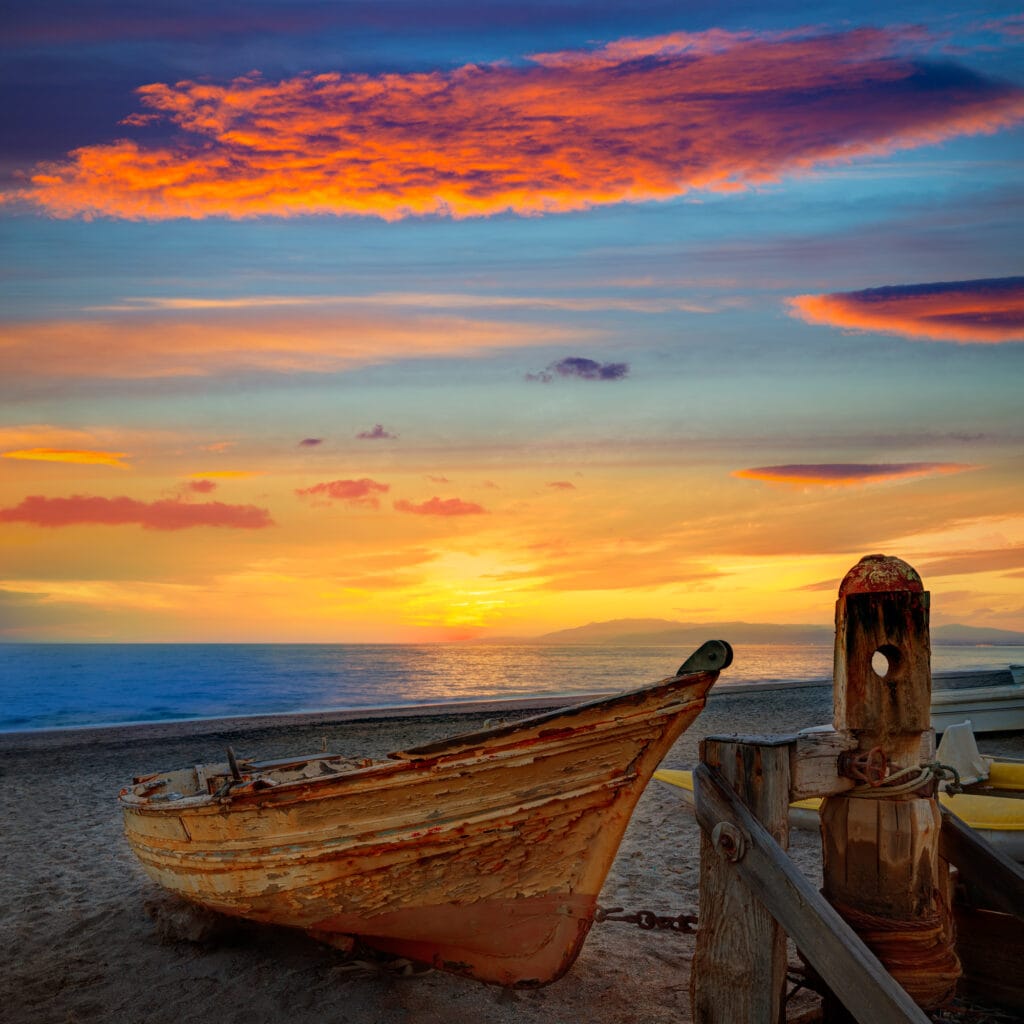
Where is Almeria located in Spain? Almeria is in the province of Andalucia famed for its white villages and can be found on the southeast corner of Spain.
Visiting Almeria, Spain which includes the majestic Sierra Maria-los Velez with its snow-capped mountains, which is also a nature reserve and the Cabo de Gata-Nijar Nature Reserve. Both areas are known for their flora and fauna, which includes deserts, sea caves, and a vast array of wildlife and fauna.
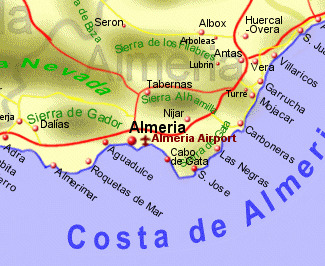
In the Costa Almeria area of Spain, you can conquer mountains, swim in the Mediterranean’s deserted waters, and tour Europe’s only inland desert Tabernas.
- Best Things to do on the Costa Almeria Spain
- How to get to the Costa Almeria Spain
- By plane
- Almeria holidays: 22 Things to do in Almeria Spain
- Water Sports on the Costa Almeria
- Cabo de Gata's Best snorkelling spot – Los Escullos beach
- Best places to eat in the Cabo de Gata
- Best beaches in Cabo de Gata
- Costa Almeria Spain – Mojacar
- History of Mojacer
- What to see in Mojacer Pueblo
- Mojacer Playa
- Visiting Garrucha
- Visiting Vera Playa and Vera
- Check out Palomares
- Visiting Villaricos
- Cuisine, Culture and Movies on the Costa de Almeria
- Tabernas Desert – Europe's only desert
- Cave houses on the Costa de Almeria
How to get to the Costa Almeria Spain
By plane
To get to Costa de Almeria you can fly to one of three airports: Murcia Corvera International Airport, Costa Almeria Airport or Alicante Airport.
The nearest airport to Mojácar is Almeria (LEI) Airport which is 56.6 km away and is just under an hour’s drive.
The distance between the San Javier Corvera Airport Murcia and Mojacar is about 135 kilometres, and the journey should take around one hour 50 minutes to travel.
From Alicante Airport, the drive is just over 2 hours.
Getting from the airport to Mojacer I recommend Exclusive Airport shuttles the cost is as follows: Almeria airport 18€ – Alicante 30€. Murcia 25€ per adult one way.
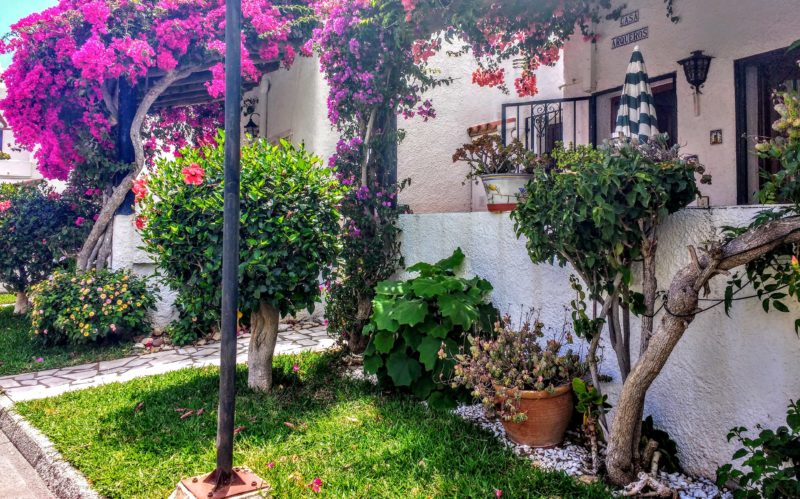
Xyuandbeyond is reader-supported. When you buy through links on our site, we may earn an affiliate commission. You can read my privacy policy here.
The area of Andalucia has some of the absolute prettiest villages in Spain. Romantic bougainvillaea covered alleyways and whitewashed villages perched high on the mountains and hills, tucked into little valleys. This article on the Most Beautiful Villages in Andalucia by Sonja of Migrating Miss blog shows some of her favourites from Salobrena to Mojacer.
The greatest advantage of staying in this area is the ability to travel around Andalucia, this means you can easily get to Seville, Barcelona and Granada which are amazing destinations. If you would like to explore this area further head over to Lavina’s Continent Hop website to see an itinerary for a week in Spain for those destinations.
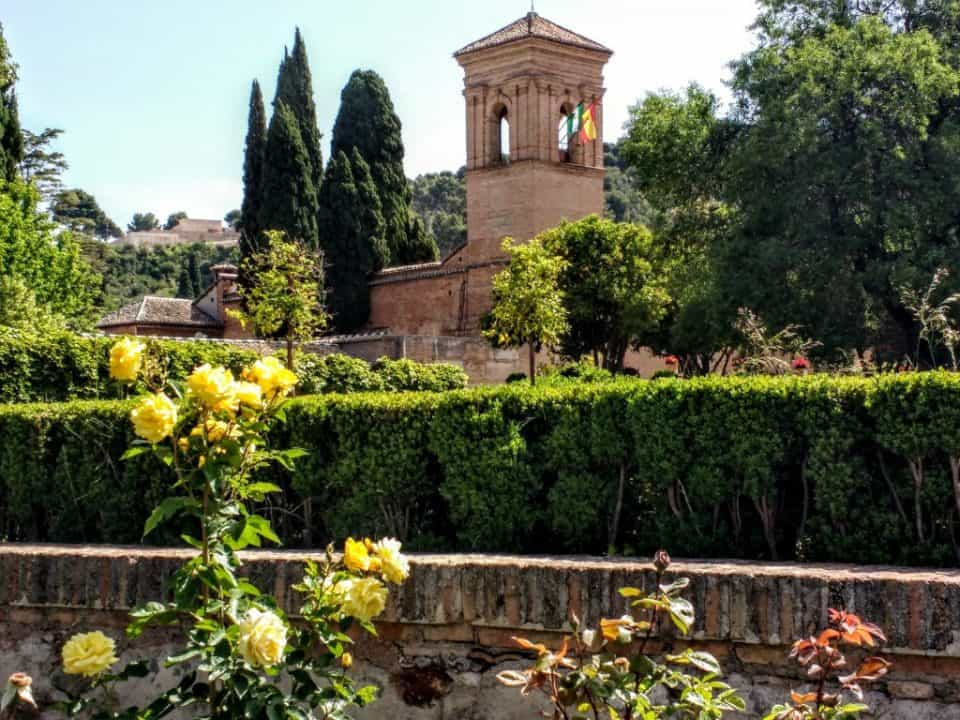
Try to make a trip to Cartegena up the coast to visit some superb Roman ruins
History of Almeria Spain
Almeria’s name comes from a time when the Arabs occupied Spain. At that time, it was known as Al-Mariyya, which means watchtower. This area was the first line of defence against enemy forces. The capital city Almeria with its Moorish castle, Alcazaba was a major harbour and principal stronghold of the Moors kingdom.
The Alcazaba is the second-largest fortress in Andalusia after the Alhambra in Granada. There is a lot of evidence of the moors in the region from the architecture to the agriculture and food of the region. There are also many Roman and Greek Archaeological remains along the coast alongside relics from the days of the Crusaders and Christians.
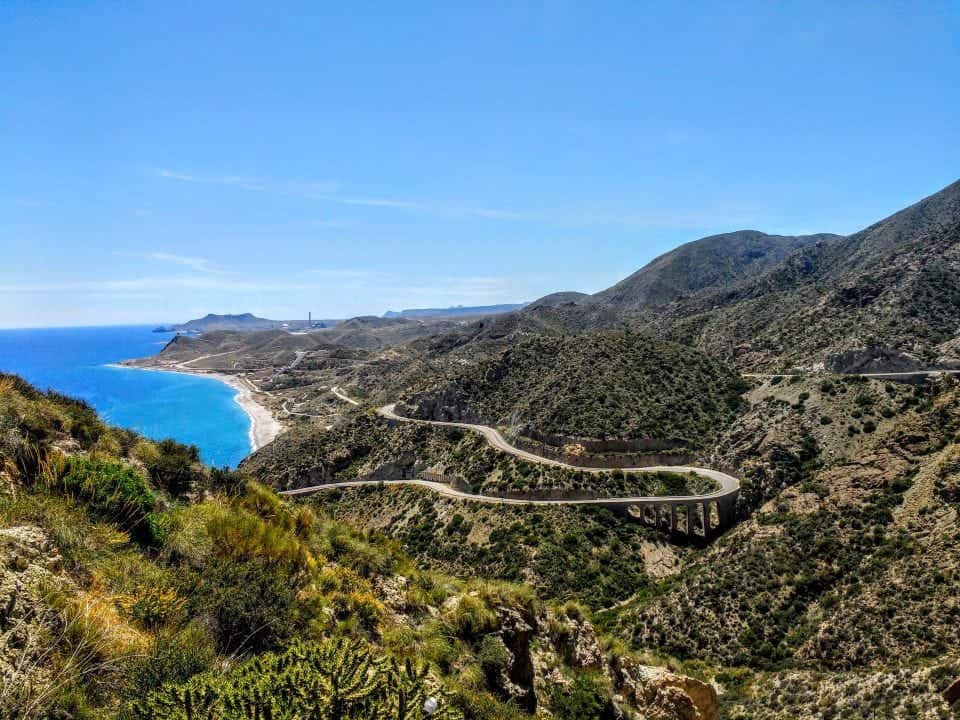
Almeria holidays: 22 Things to do in Almeria Spain
Cabo de Gata Almeria Spain
Starting at the Cabo de Gata – which is a nature park there is very restricted road access but the area has many tiny fishing villages where you can get a beer and tapa before you hike to its secluded beaches for swimming. The coastline is incredibly rugged and care must be taken when swimming due to rip tides in some of the secluded bays. There are amazing views of the Mediterranean Sea and coastline from here. Cabo de Gata is the perfect place for hiking and bird-watching.
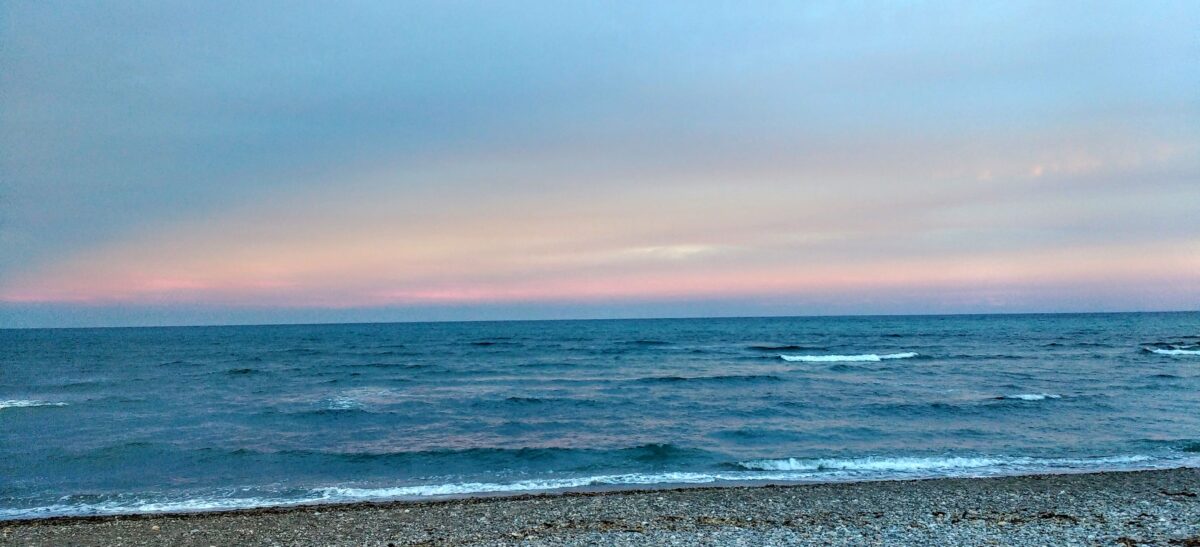
Water Sports on the Costa Almeria
Almería has plenty of water sports to partake of. Mojácar offers surfing, paddleboarding, windsurfing, and jet skiing. From Garrucha, you can rent a boat, fly over the sea in a paramotor, take a diving course or simply jet ski. Along Almeria’s coast, you will find plenty of marinas and activities from paragliding, windsurfing, jet skiing and many more water-based activities.
Cabo de Gata’s Best snorkelling spot – Los Escullos beach
Most of the beaches and waters in Cabo de Gata offer fantastic snorkelling. There are underwater rock formations just next to Los Escullos beach as well as particularly beautiful caves.
The deepwater allows dive boats to get in close for scuba diving. Snorkelling, it’s an easy enough spot to get to, with a little walk and a short swim. You snorkel over layered rocky platforms, with huge drops between the platforms. The water can get very deep very quickly and you need to be a very confident swimmer to snorkel in this area.
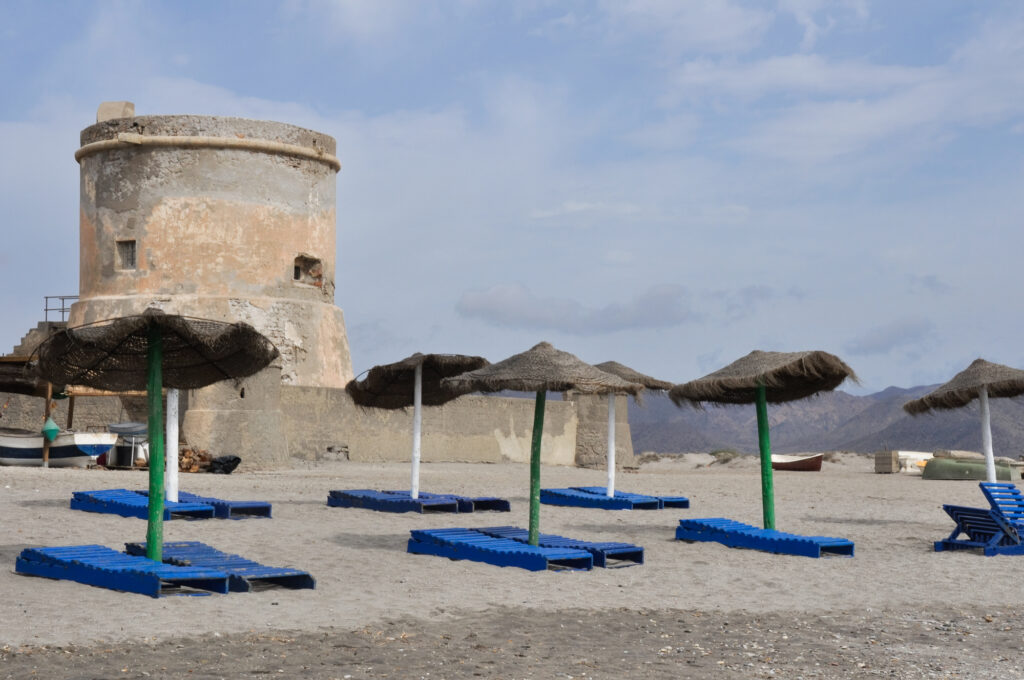
Best places to eat in the Cabo de Gata
This area can be quite expensive to eat out in. The villages beside the beaches can be overpriced. Cabo de Gata can be expensive to eat out. The more popular villages, particularly the ones next to the beach can be overpriced.
San Jose in the middle of the park is a lovely place to while away some hours with tapa and Spanish wine. You can find lots of little restaurants with great seafood and paella as well.
Spanish Food: 43 of the best foods in Spain
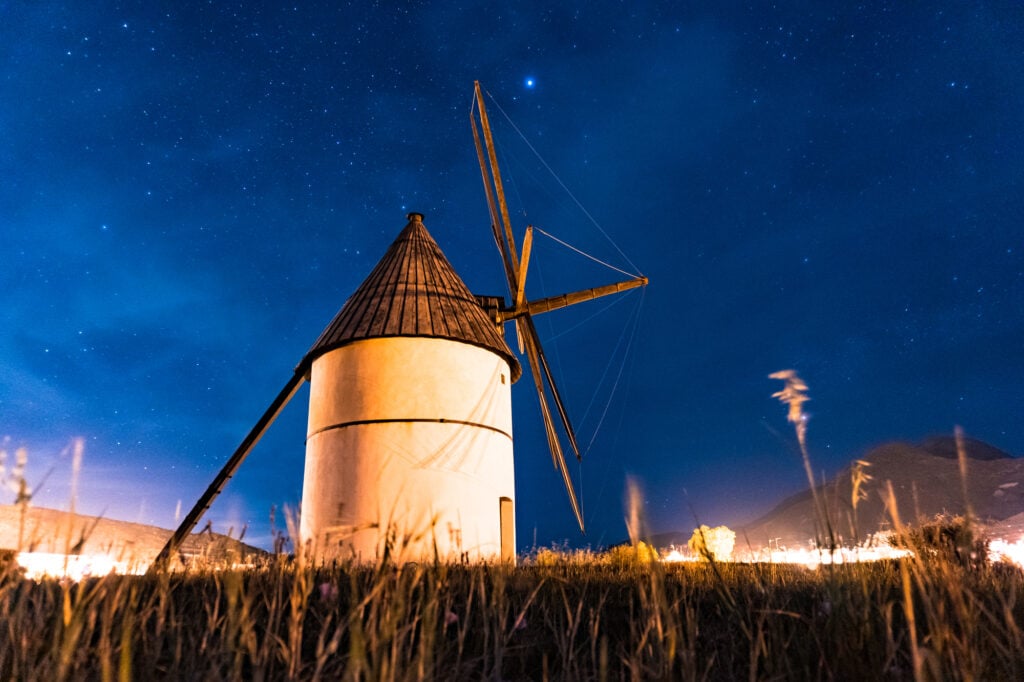
Best beaches in Cabo de Gata
There is a great range of beaches in Cabo de Gata so it’s virtually impossible to pick the best.
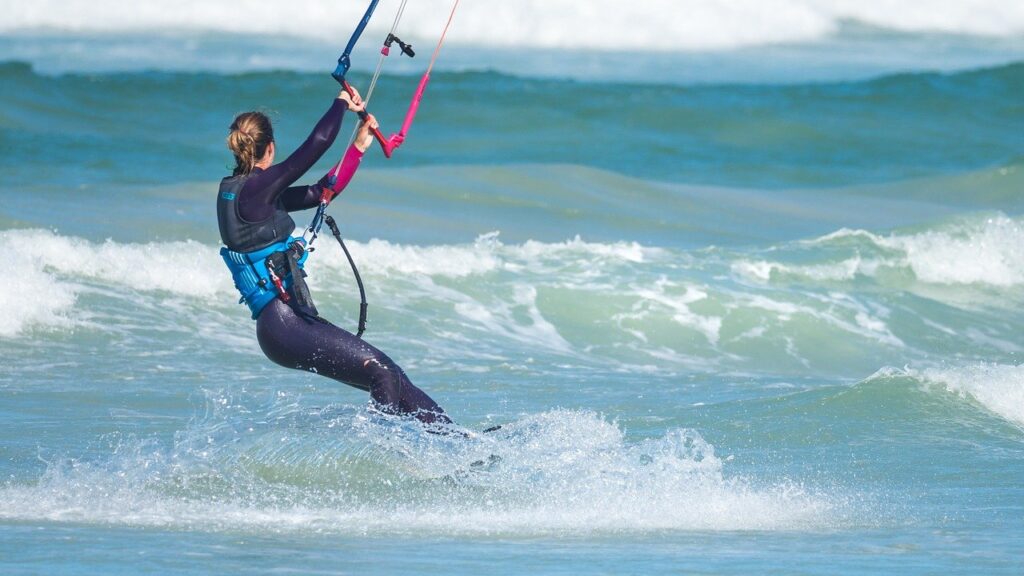
For families Playa el Playazo is great, easy access lots of sand for the kids to play in and pure beautiful waters that are quite shallow.
Playa de los Muertos is not an easy beach to access and would not be suitable for children or those with mobility issues. The paths to the beach are steep and it takes around 20 minutes to get to the actual beach. However, it is well worth the hike if you can do it.

San Miguel is an urban beach that runs the entire 2.5-kilometre length of San Miguel de Cabo de Gata. There are lots of facilities with showers, access for the disabled, and lifeguards. On the waterfront area, you will find many cafes, restaurants and bars as well as some superb ice cream. On the beach itself, there are lots of tables and shaded terraces to enjoy the views and sample some tapa and wine. This is a Blue Flag beach.
Salinas beach is a 5 miles long beach that sits alongside the wetlands that are also known as Salinas. The beach stretches from the Tower of San Miguel to the Cape with its lighthouse. It is the largest beach in the Natural Park and is not crowded even in the high season.
Costa Almeria Spain – Mojacar
Down the road, going east from the Cabo de Gata you will find Mojacer Playa. The playa or beach area encompasses over 17 miles of beautifully groomed beaches, chirinquitos, beach bars and plenty of little cafes and bars where you can just relax and people-watch.
Mojacer is a village in two parts. The beautiful whitewashed village that clings to the side of the cliff is Mojacer Pueblo and the area that runs along the beaches is the Playa these are around 2km apart but there are good transportation options to get between the two.
Mojacer Playa is the place to be for the Spanish in the summer months of July and August but during the rest of the year, the Playa has a great population of ex-pats that live here year-round,
History of Mojacer
Mojacer has the largest population of ex-pats in the country. During the ’60s when Mojacer’s population dropped to 1000 people, they began to give away land to anyone who promised to build. This sparked the local economy and many artists and new residents moved in. This gave Mojacer a great boost and the tourists began to arrive to enjoy the local beaches and restaurants.
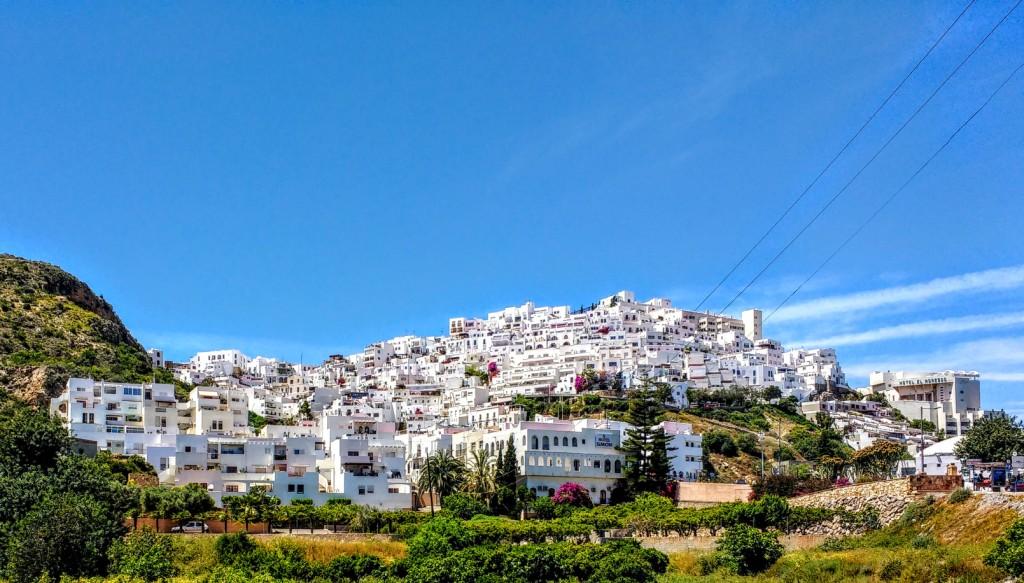
Local legends claim that the cartoonist Walt Disney was born in the area and immigrated to the United States when he was a child.
This depopulation of Mojacar continued until the 1960s when it reached critical proportions with only 1000 residents living in the area. Local leaders then decided to give away land to anyone who promised to build upon it. This offer proved to be the spark, which rekindled Mojacar’s economy.
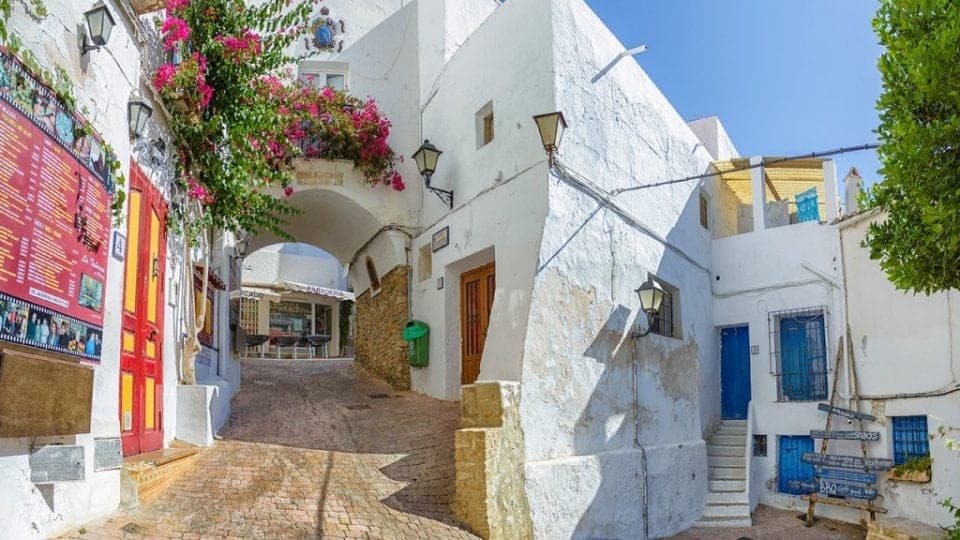
New residents began to appear and the town soon became a thriving artists’ colony. It was around this time that the symbol of Mojacer – Indalo man was found near Vélez Blanco. Indalo man was a cave painting of a man holding a rainbow over his head. This became Mojacar’s lucky symbol and you will see it represented all over the area.
What to see in Mojacer Pueblo
Mojacer pueblo remains true to its Moorish past and can only be explored on foot. There is an elevator above a parking site on the edge of the pueblo, which will take you up to the old town where you can explore its beautiful streets on foot.
While in Mojacar, there are some places you definitely can’t miss out
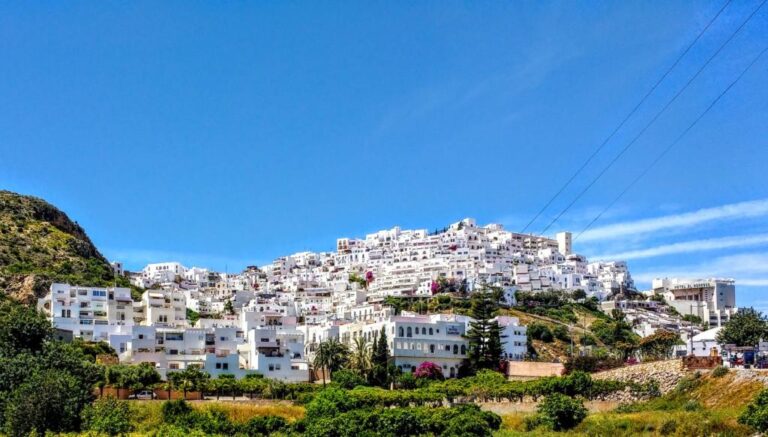
Mojacer Town Hall
Mojacar Town Hall and the precious adjacent tiled square with the Indalo everywhere. In the centre, there is a century-old Ficus Benjamina is located, brought from America by an immigrant.
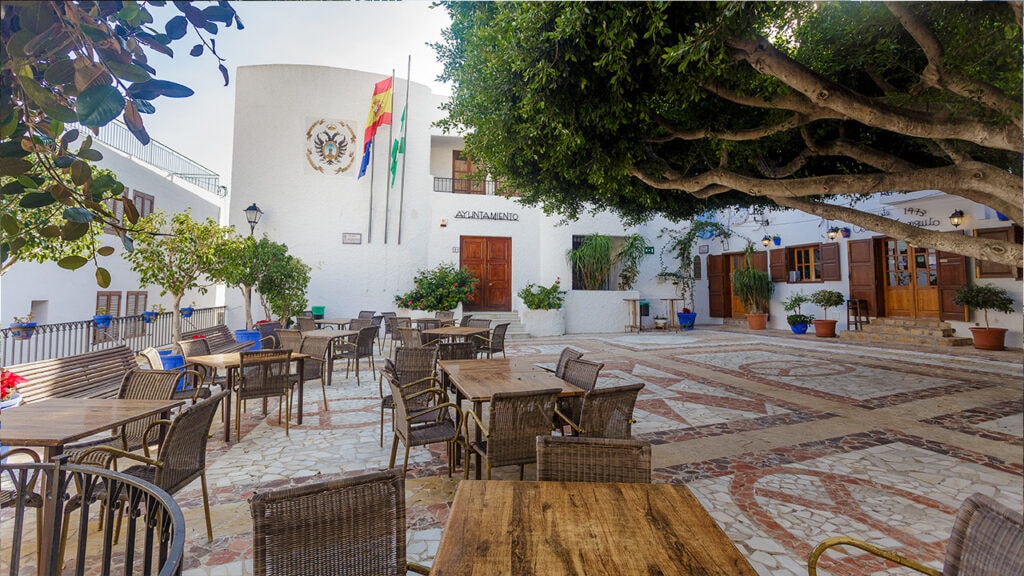
Plaza del Parterre
Plaza del Parterre was used as the Arab cemetery and is now a restaurant terrace.
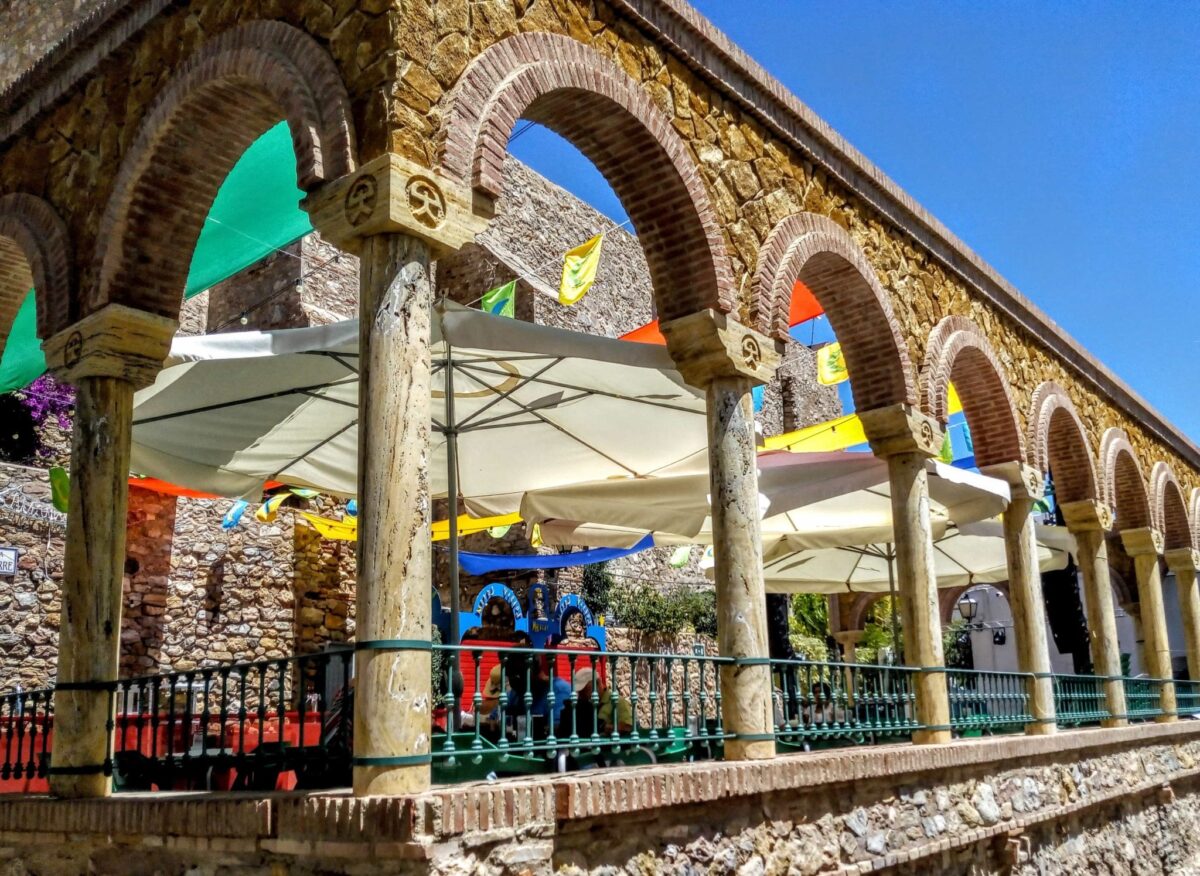
La Fuente Mora
La Fuente Mora, the Moorish fountain where the last Moorish ruler peacefully surrendered to the Catholic Monarchs.
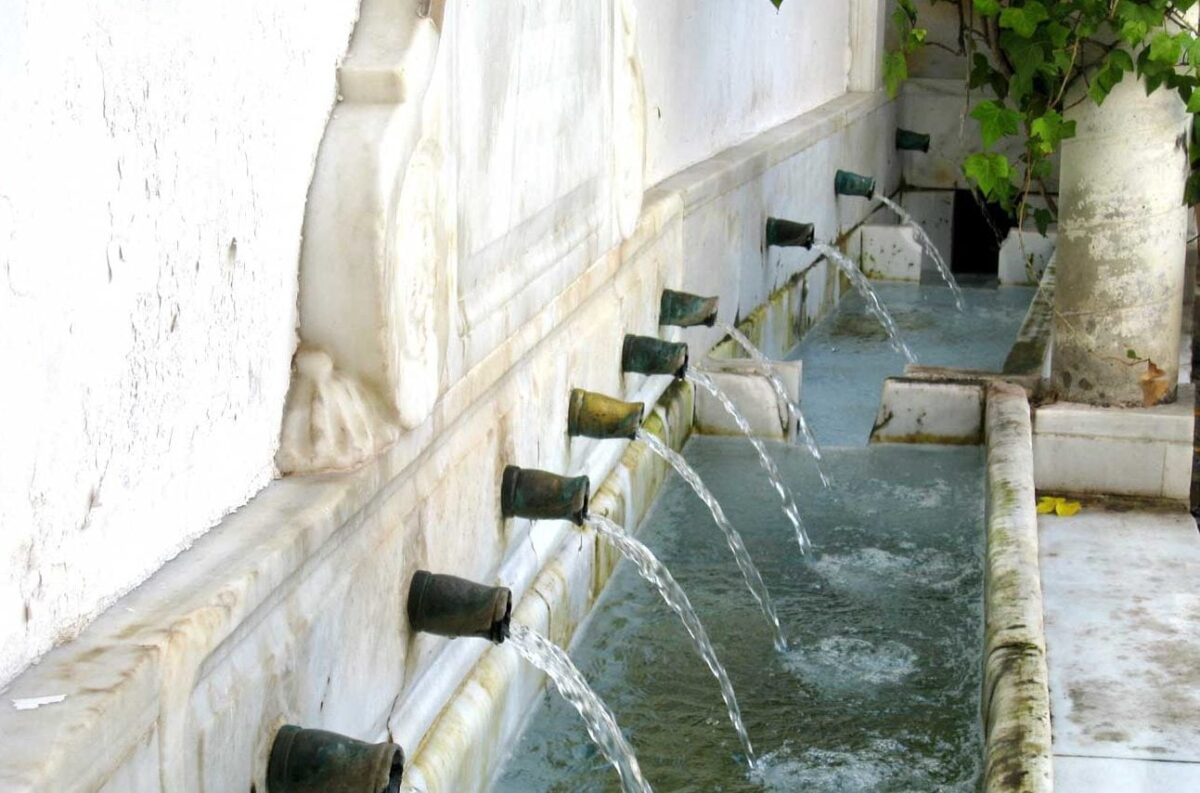
Puerta de la Ciudad
Puerta de la Ciudad, the original doorway to the town. It was built in the 16th century, and it is decorated with the emblem of the city, a two-head eagle.
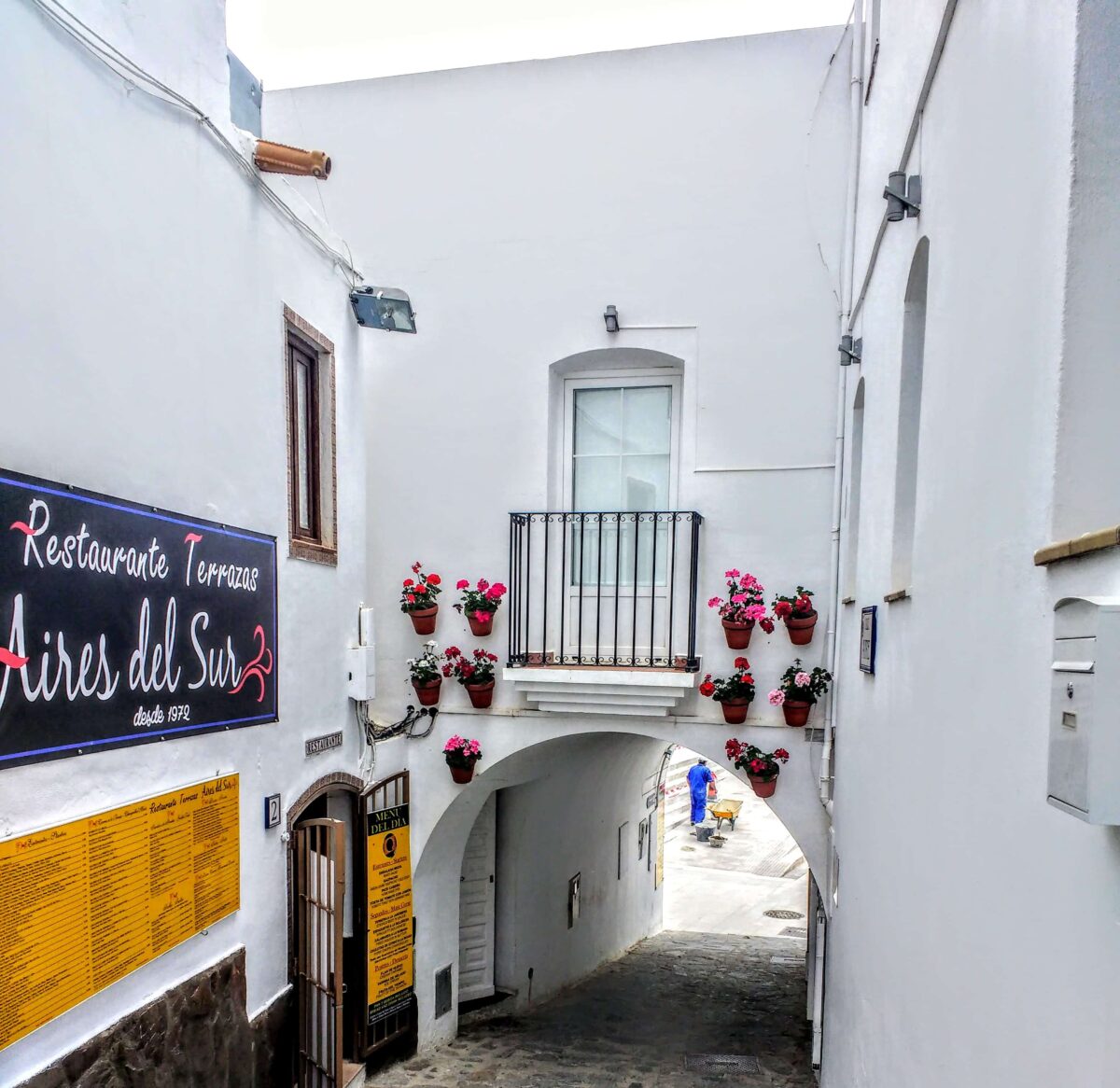
Iglesia de Santa Maria
Iglesia de Santa Maria. Located near the Plaza del Parterre, you can see the statue of The Mojaquera, which represents the women of Mojacar.
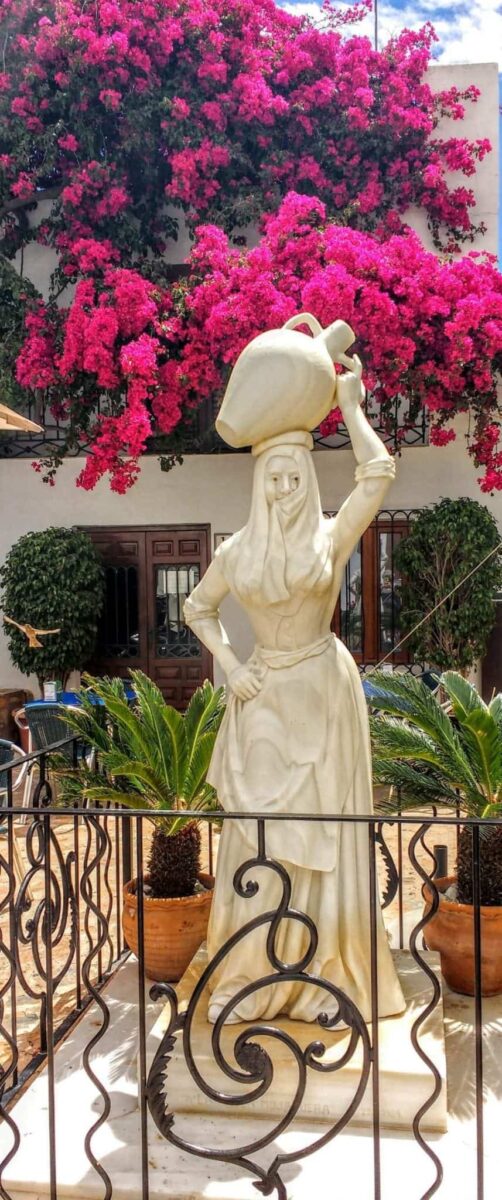
Plaza Nueva and the Mirador
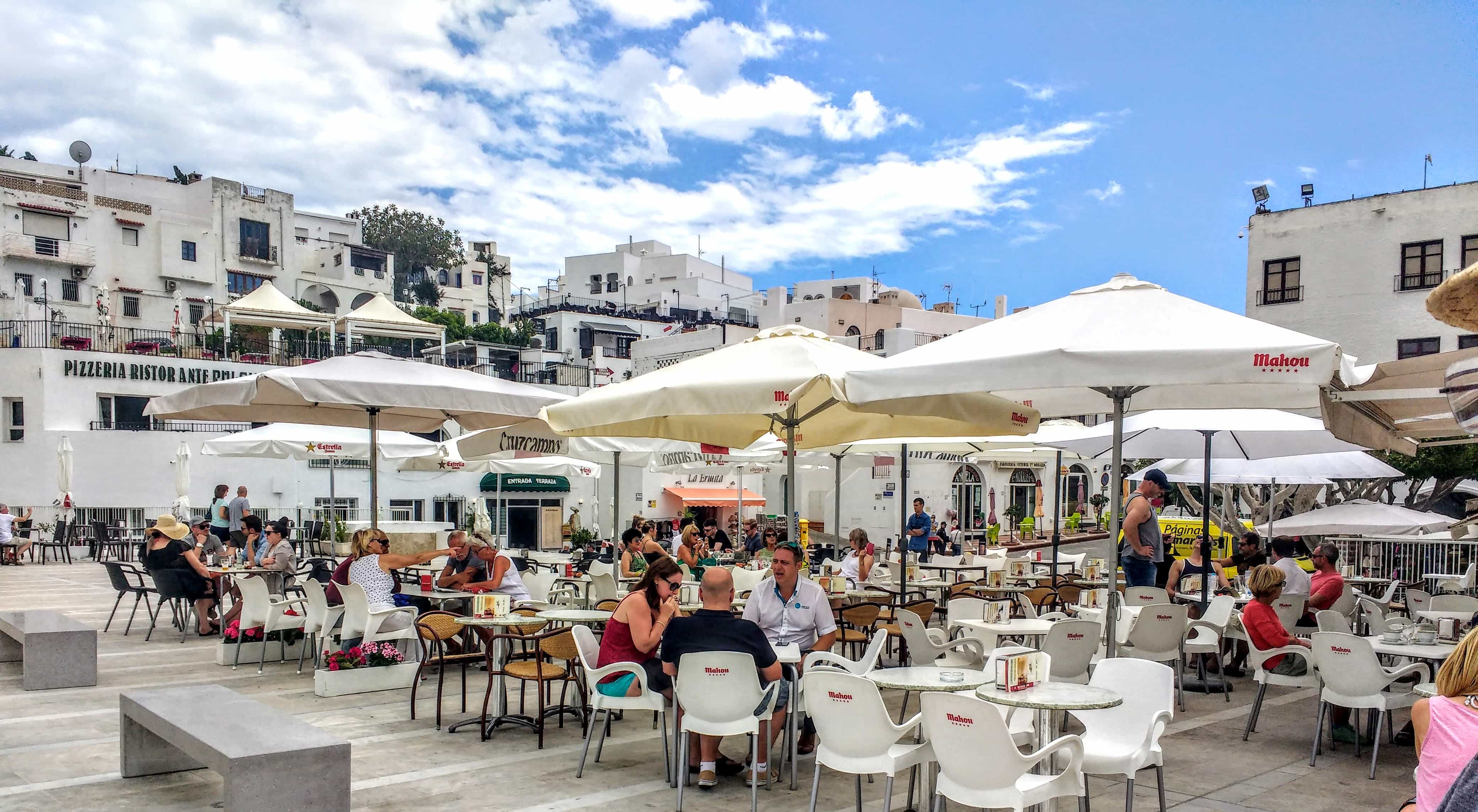
The Plaza Nueva and the Mirador (or viewpoint) is Mojacar’s main square it is always filled with lively tourists, drinking a copaat one of the comfortable bars or enjoying a breathtaking sunset from the Mirador. From there, you can revel in the views over the Sierras de Cabrera, Bédar and Almagrera, as well as the nearby towns and the river Aguas.
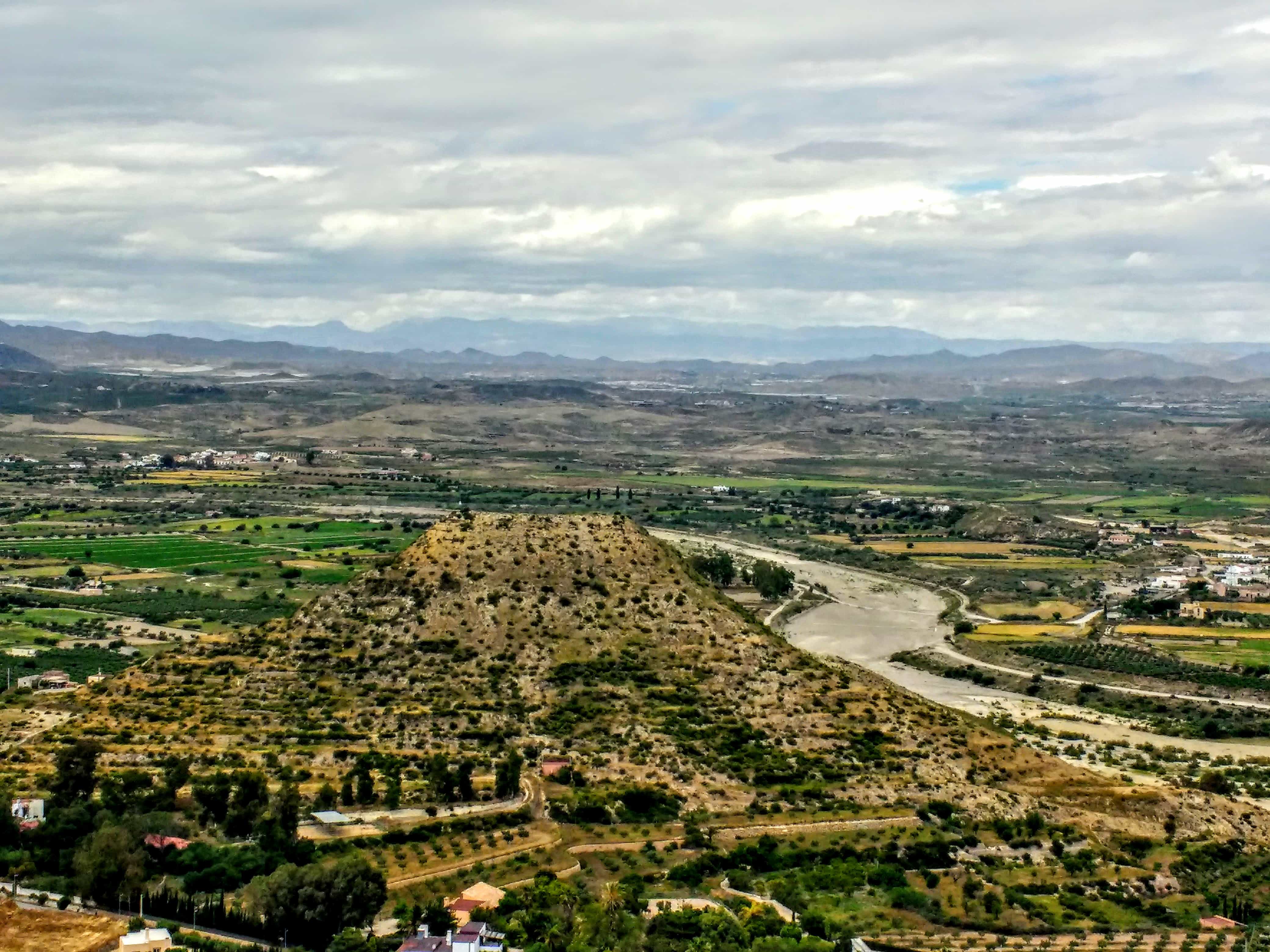
Barrio del Arrabal
Barrio del Arrabal, the 17th-century Jewish Quarter of Mojacar, is characterised by narrow streets and brightly coloured flowers everywhere.
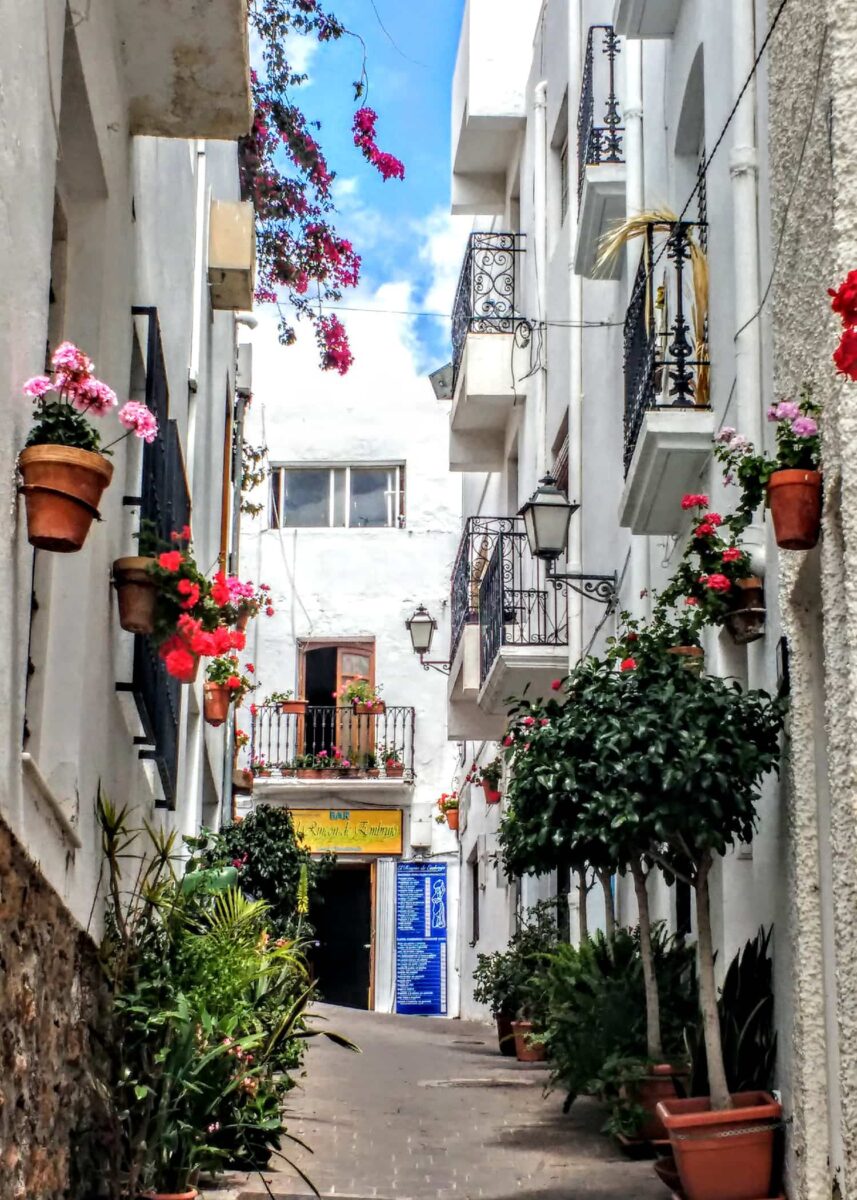
Mojacer Playa
Mojacer Playa sits on 17 kilometres of gloriously beautiful beach around 2.5 kilometres from Mojacer Pueblo. Full of chirinquitos, play areas for the kids, beach bars and restaurants and loads of activities the beach is virtually deserted except in July and August when the Spaniards hit Mojacer for the summer holidays.
There are tons of places to eat and drink from Irish pubs to tapas bars, Indian food, and Spanish cuisine restaurants. You can get everything from paella to a Full English breakfast.
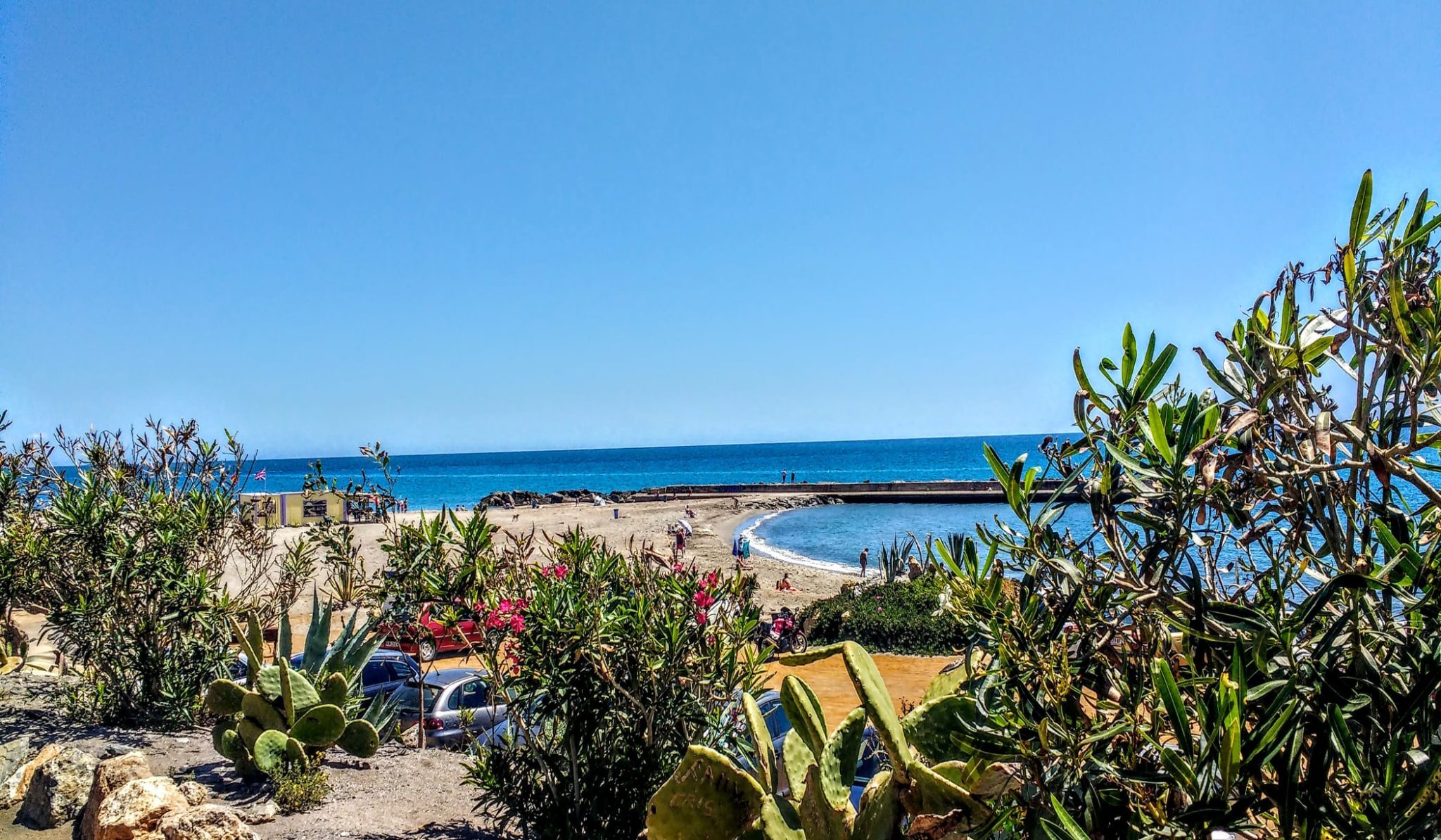
Visiting Garrucha
From Mojacer you can travel the road east to Garrucha. This is a port city and if you are on the beach in Mojacer, you will see the container ships coming in to off-load and load up the great vegetable riches of the region. Garrucha is a lovely small Spanish village, there are fewer ex-pats in Garrucha but the population is growing because it is more of a village than Mojacer Playa is.
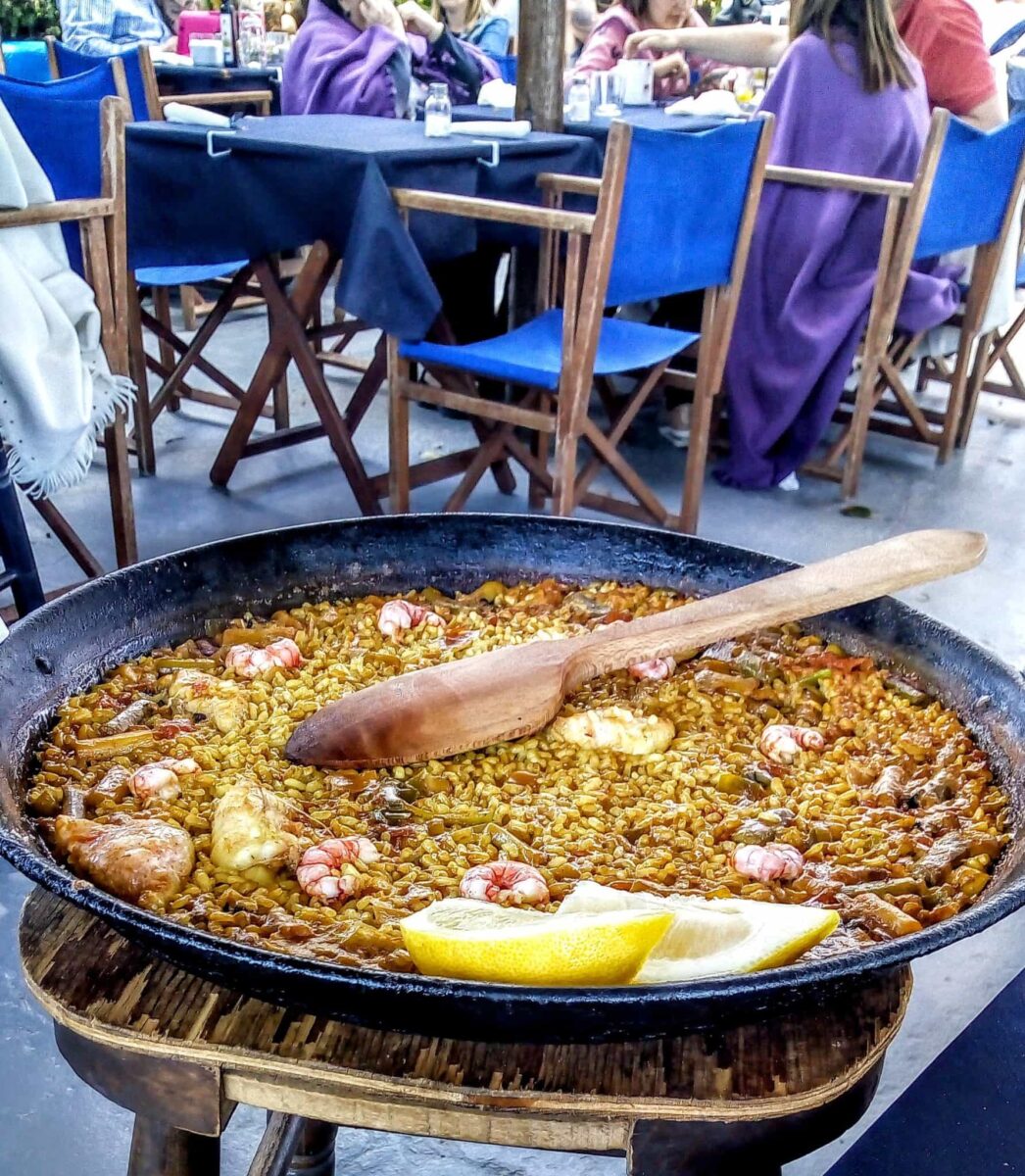
The harbour is the central point of Garrucha as it is a working fishing village that comprises a great deal of the local economy. Garrucha is famous for its locally caught red prawns and on the quayside, you can buy all manner of fresh fish in the morning.
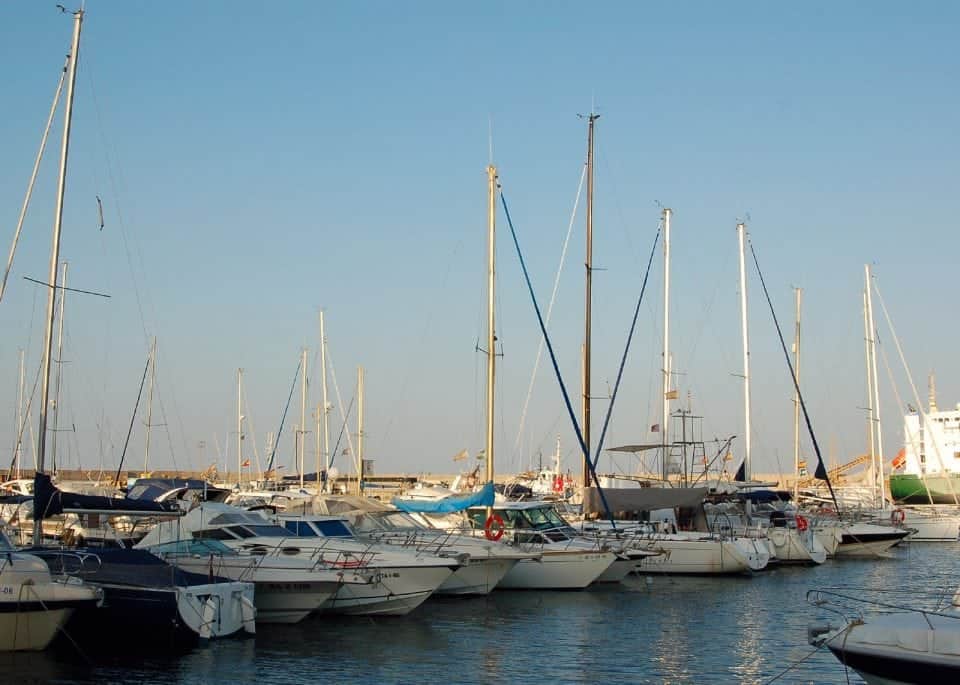
The harbour is surrounded by a promenade that is over 2km long and is lined with palm trees, restaurants, cafes and bars. The evening hours bring everyone out to walk the promenade and have a beer or cafe in the small venues along the harbour. On Friday there is a fantastic market held one street up from the harbour promenade where everything from undies to oranges can be purchased.
Visiting Vera Playa and Vera
North of Garrucha is the inland town of Vera with its famous bullring but further east is Vera Playa. Vera Playa is famous for its nudist beaches and hotels as well as the Dream Beach festival that takes place every summer and brings in over 100,000 visitors.
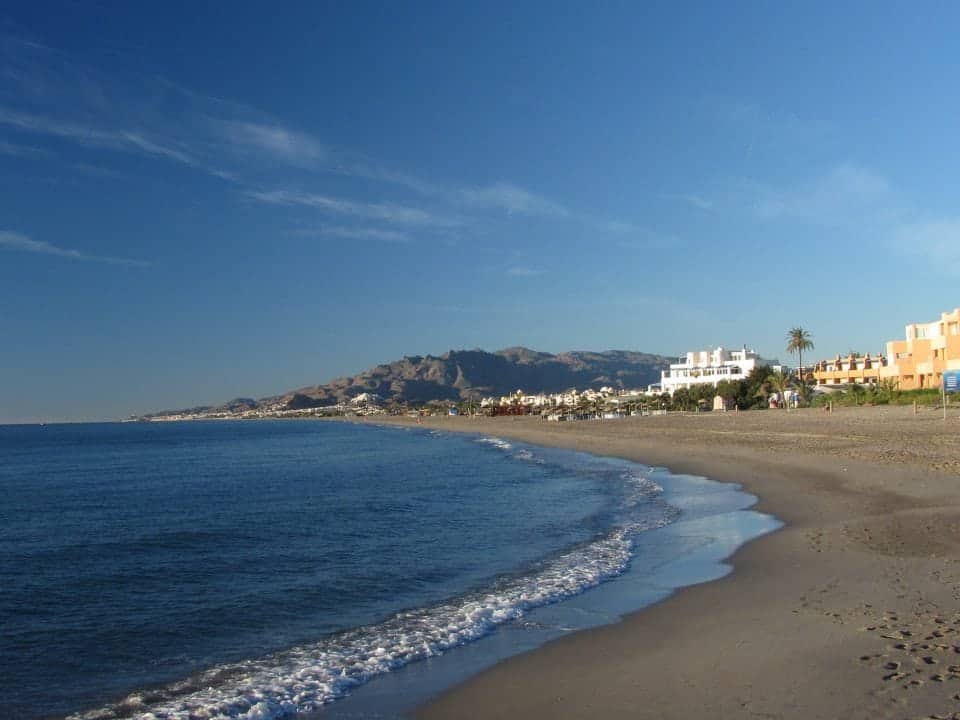
The resort is fairly unique in that some of it is dedicated to naturism including a number of apartments where you can wander around naked and we saw many of them….lol…
Check out Palomares
Slightly up from Vera Playa is the little town of Palomares, which is famous because of the hydrogen bomb incident that took place in 1996 a B-52 bomber from the US, collided with a tanker in the sky above Palomares. The accident killed all four crew members of the air tanker and the B52 broke apart killing 3 of the 7 crew and dropping its payload of non-nuclear explosives on Palomares. Two of the bombs detonated on contact, the third stayed intact and the fourth was dumped into the sea.
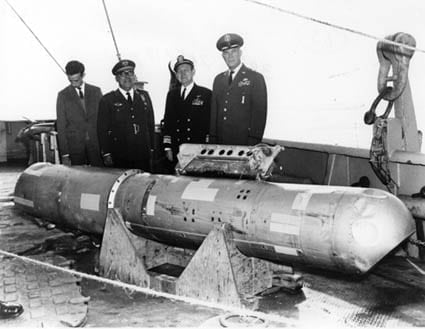
The area is cordoned off to this day and each year several of the villagers are taken to Madrid for testing to see if there have been any ill effects from the dropping of the bombs. Fortunately, there have been no incidences of ill health or physical effects from the bombs. Nearly 50 years later the US has signed an agreement to clean up the site in Palomares.
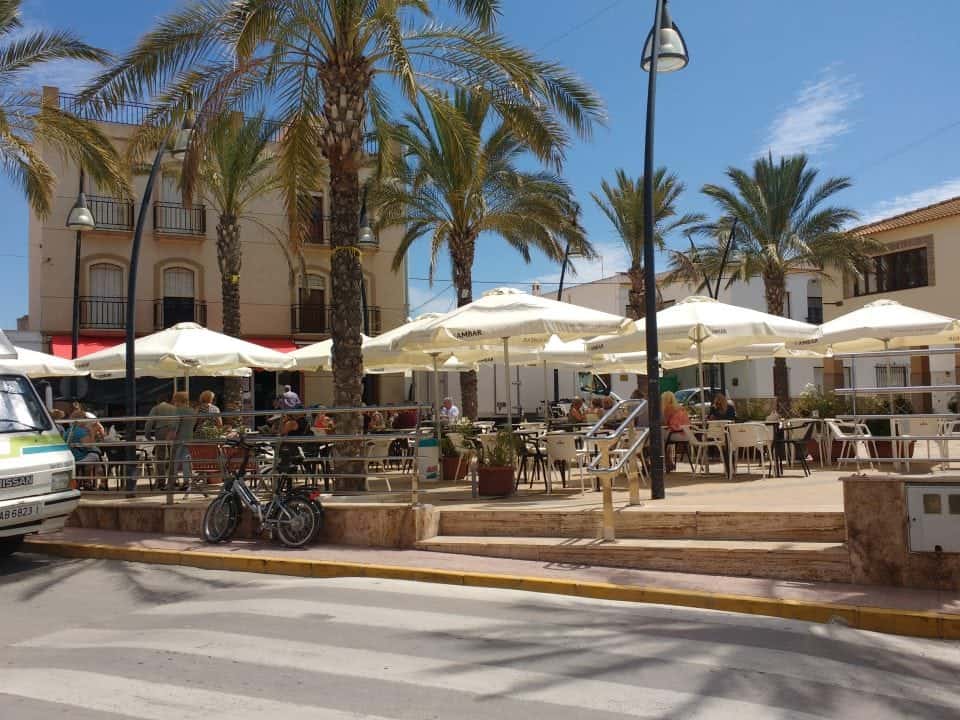
The village itself has benefited from that incident, as it is a very wealthy little area with many beautiful homes. The town square has a lovely selection of restaurants and a great central area where many treat themselves to tapa and beer and people-watch. Palomares has a shop of every kind from bakeries to pescadaria (fish shop) and a village market every Wednesday.
It is home to many ex-pats that gather in the square on a Saturday afternoon to meet friends and listen to some live music. The beach is a bit of a hike from the centre of the village but this is a lovely friendly village to just hang out in and meet lots of people.
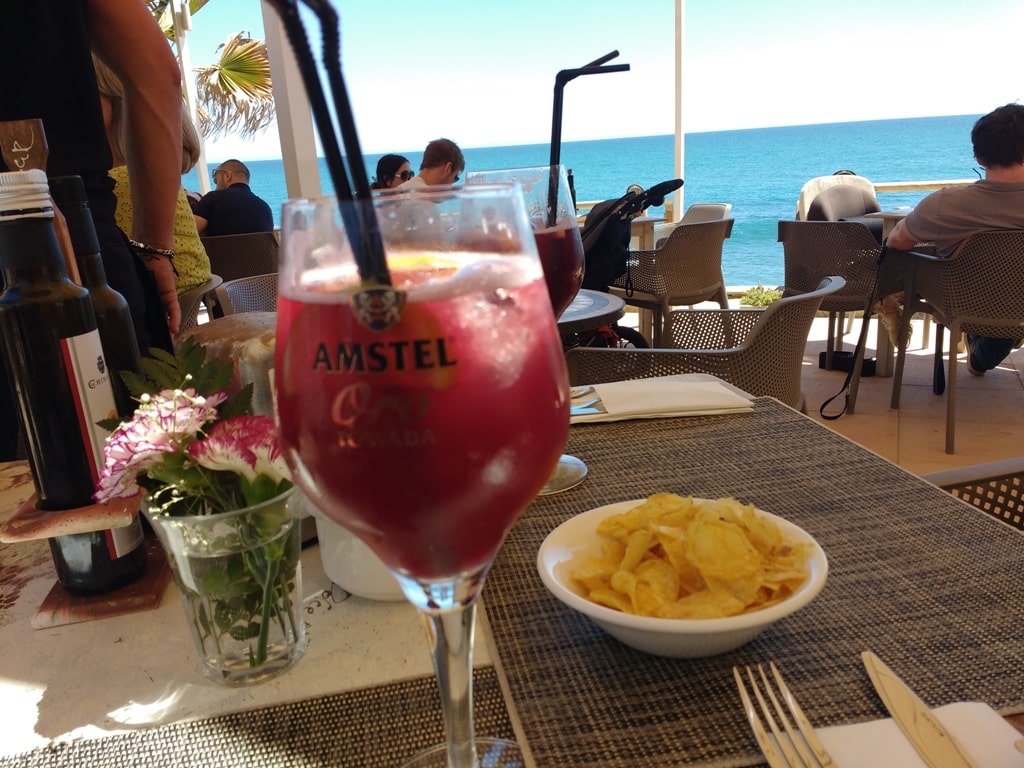
Visiting Villaricos
From Palomares travelling further east, you will arrive at Villaricos. Villaricos is situated in a unique position on the mouth of the Rio Almanzora and the coast. Villaricos is another fishing community but it has several unspoilt beaches to swim from. The countryside around Villaricos is stunning with the entire coastline sheltered by the dramatic Sierra Almagrera Mountain.
There is a lovely seafront promenade, which is surrounded by restaurants, cafes and bars where you can people-watch for hours. There is also a small population of ex-pats here who love the peace of the area.
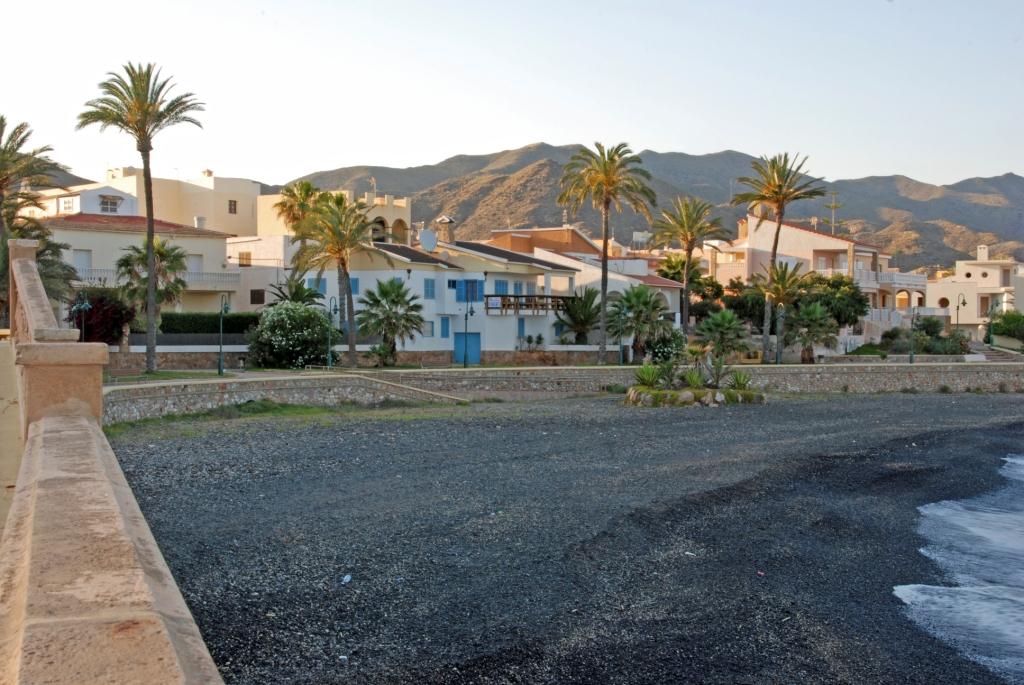
From festivals like Dream Beach (the best electronic music on the planet apparently) at Vera Playa which takes place every August on the beach to Moors and Christians Ferias that are held all around the area, the Costa de Almeria area is rife with celebrations.
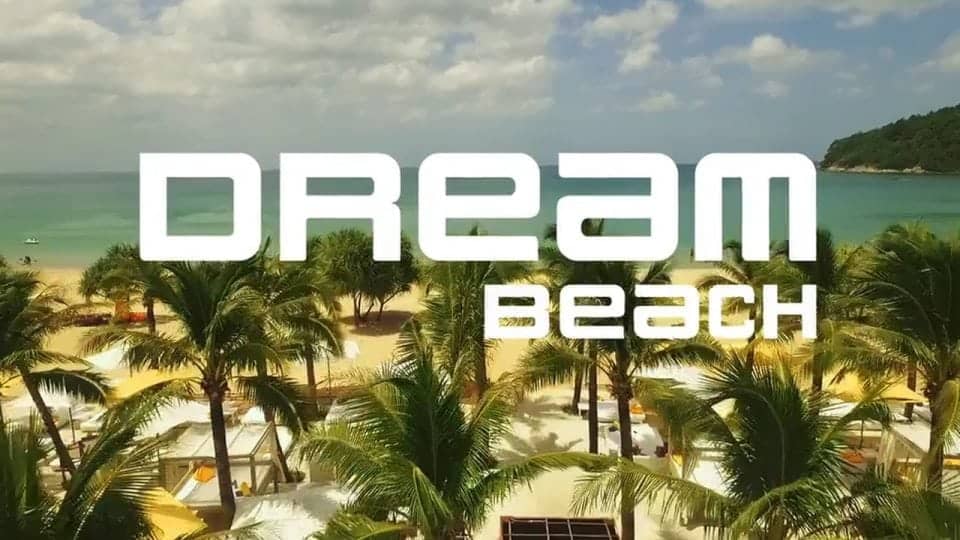
During the summer months, many of the small villages and towns host Cine de Verano or movies on the beach. You can also take part in Noche de San Juan, which is celebrated on the shortest night of the year with bonfires and picnics on the beach. A curious tradition along the Costa de Almeria is the El Entierro de la Sardinia or the burial of the sardine, which brings to a close the carnival season.
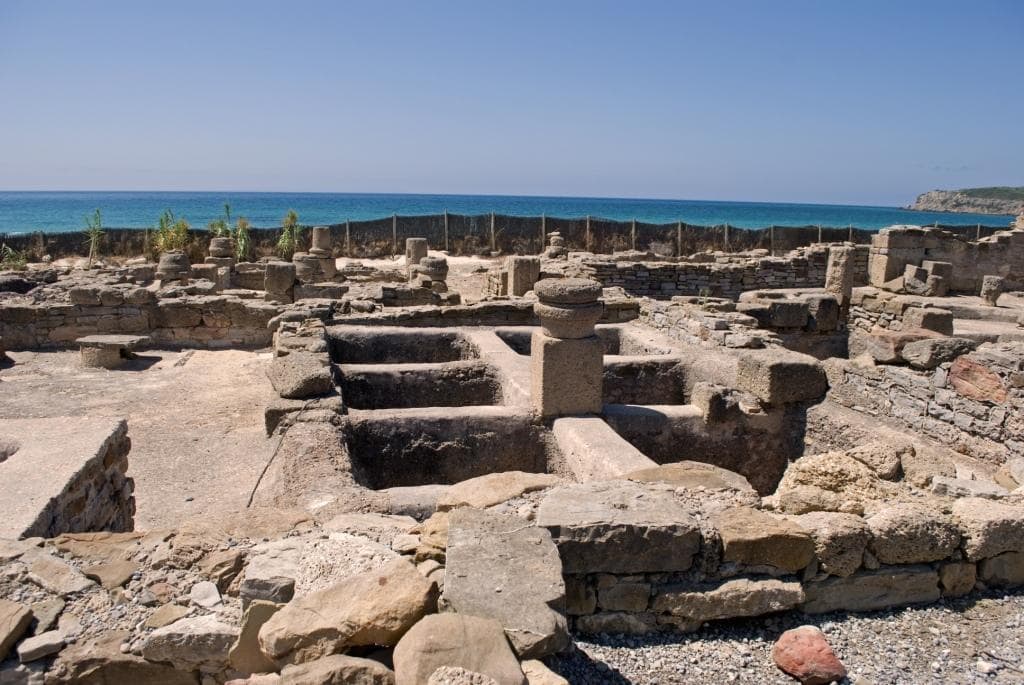
Cuisine, Culture and Movies on the Costa de Almeria
Naturally being a seafront area, much of the food of the Costa includes seafood from fried and grilled fish to octopus and of course, the justly famous Garrucha red prawns. Many dishes have a distinctly Arabic flavour and couscous is quite common here.
Andalucían cuisine includes an amazing selection of tapa and the agricultural industry here produces superb fruits and vegetables, which are used in dishes such as gazpacho and eggplant with local sugar cane honey. There is a great variety of soups, stews and salads from tabernero, a spicy tomato stew, and sopa moruna, a soup with vegetables, lentils and cilantro). Other typical dishes include migas, which is fried breadcrumbs with garlic and chorizo, and papas a lo Pobre (fried potatoes topped with a fried egg and/or roasted peppers). I also mustn’t forget the superb Spanish Olive oil which is drizzled on everything.
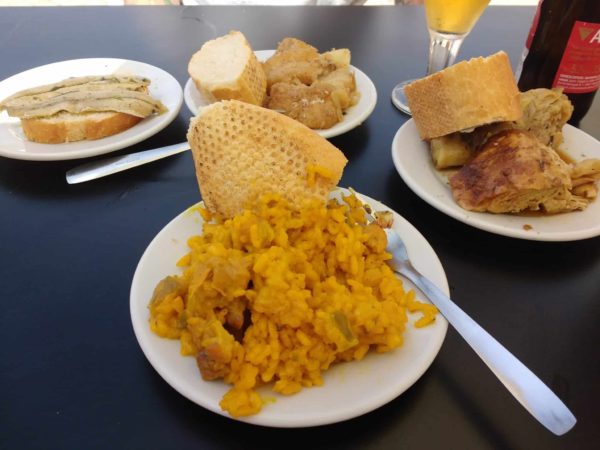
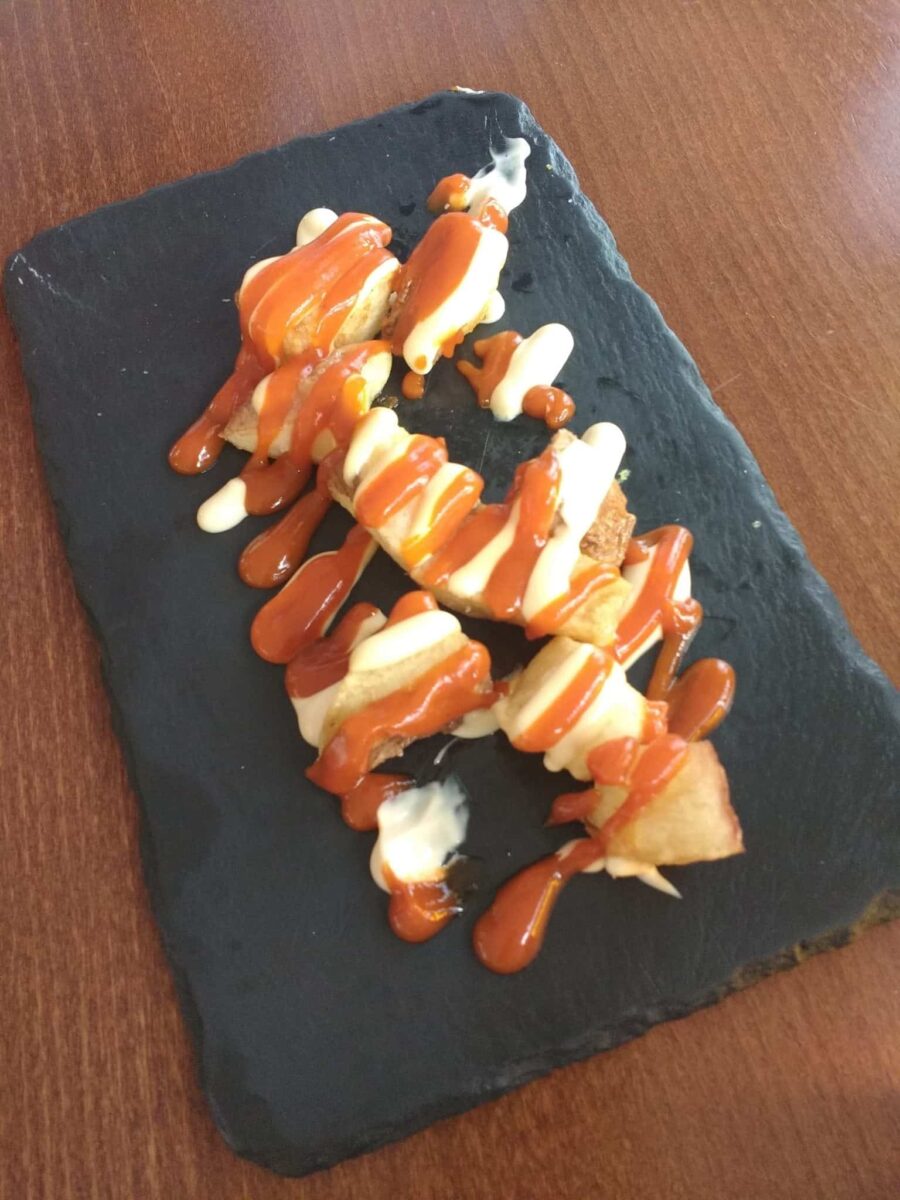
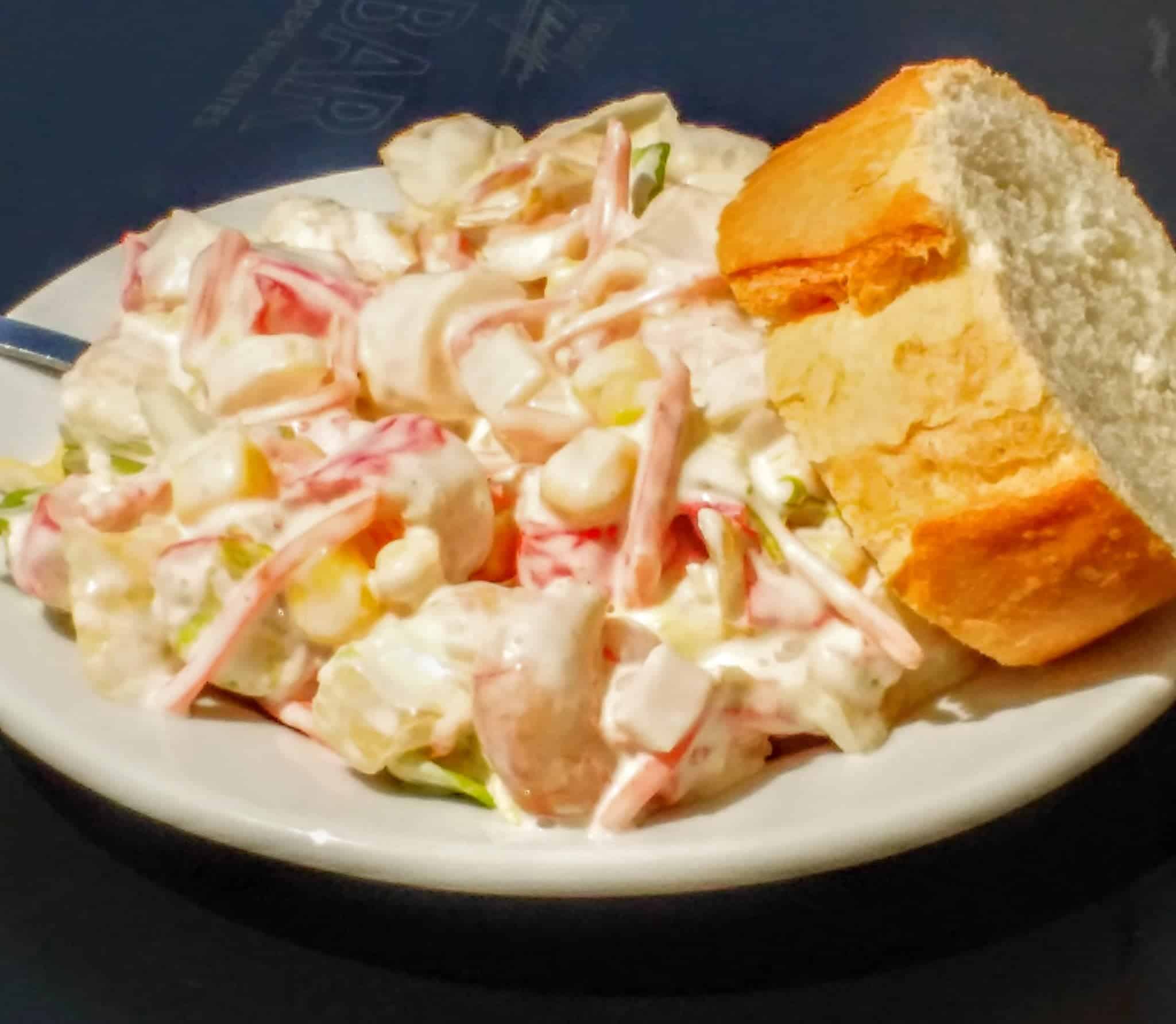
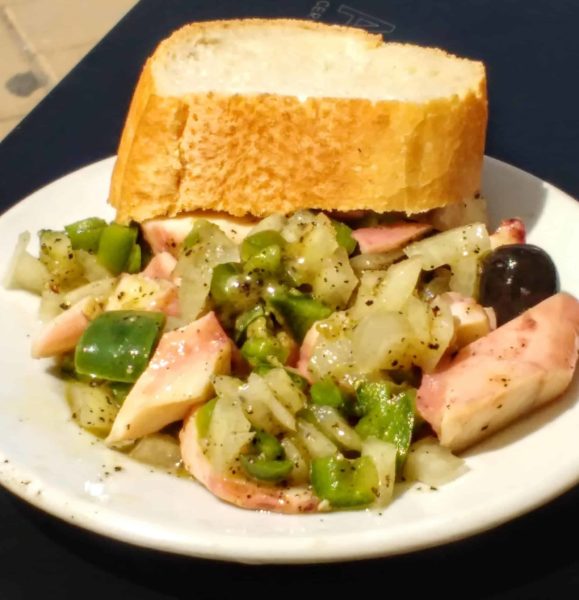
Tabernas Desert – Europe’s only desert
Many Hollywood film has been shot here, the Tabernas desert just up from the coast is the only European desert and it is a classic arid landscape that has proved to be a brilliant location for films, TV shows and documentaries.

Classic spaghetti westerns such as ‘The Good, the Bad and The Ugly’ were filmed here and the town of Tabernas has developed a thriving tourism business known as ‘Mini Hollywood’ comprised of several of the old films lots now converted into living museums. Other filming includes Game of Thrones, documentaries like “The Hunt for Bin Laden” was filmed here and the movies with Christian Bale film Exodus Gods and Kings was filmed at the Taberno de Castillo an Olive farm in the desert.
Cave houses on the Costa de Almeria
The Andalucia area is famous for its many cave houses and homes. This Spanish cave area starts from up at Granada in Northern Andalusia down to Cuevas del Almanzora just around the corner from Palomares. In areas near Baza (further north towards Granada), there are entire neighbourhoods of cave homes or casas Cuevas. The Wagoners Abroad got to experience living in a cave and you can too through Air BnB.
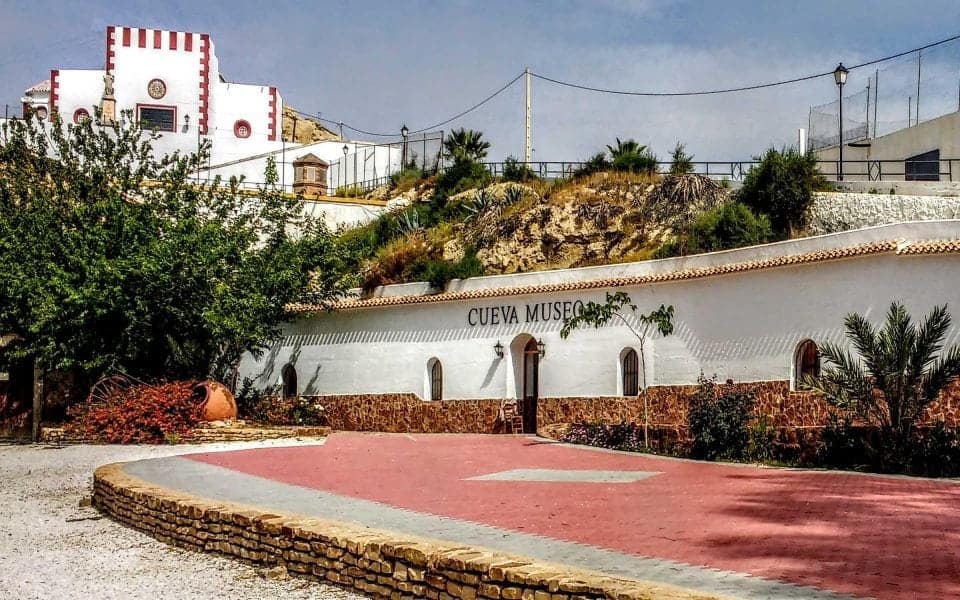
The cave houses owe their existence to the region’s peculiar geology – eruptions of rock formed from the sediments of a prehistoric sea. The region’s cave-dwelling tradition began with the Moors, but most were built (or carved) in the 19th century by peasant farm workers. And thanks to the user-friendly nature of underground life in a hot, dry climate, it’s a tradition that’s never died out. The number of modern cave-dwellers in the Granada province runs into the thousands.
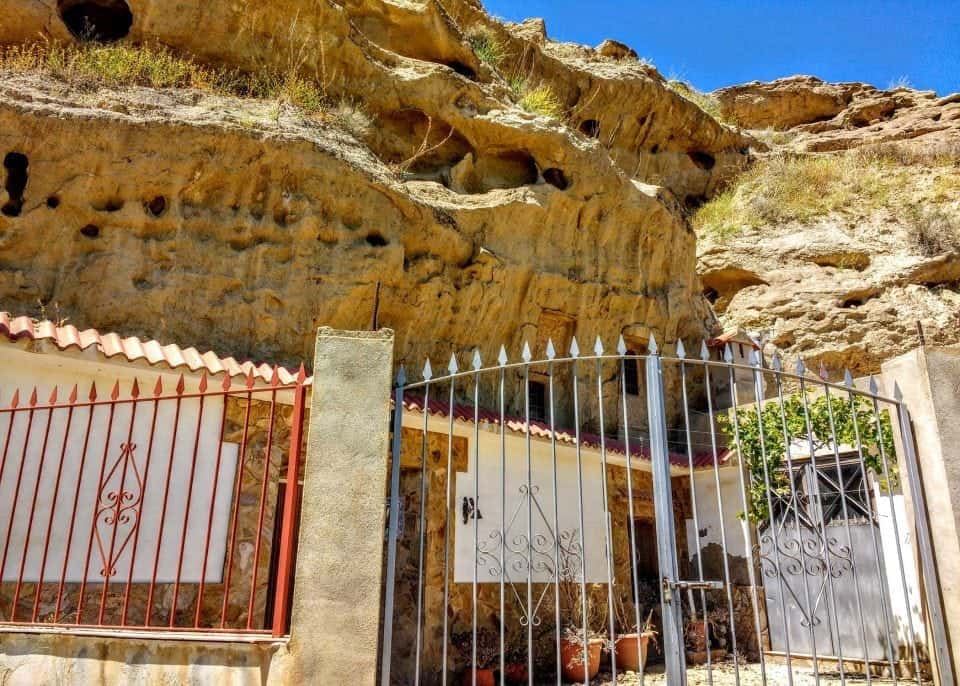
The Costa Almeria in Spain is a hidden gem waiting to be explored. With its stunning beaches, unique landscapes and rich history, there are endless opportunities for adventure and relaxation. Whether you’re looking for a quiet retreat or an action-packed holiday, this region has something to offer everyone. From exploring ancient castles to indulging in fresh seafood and local wines, there’s no shortage of things to do on the Costa Almeria. So pack your bags and get ready for an unforgettable experience in one of Spain’s most beautiful destinations.
Where would you like to retire?
You might also like
20+ Pros and Cons of Living in Spain
The Best Things To Do in Valencia
What is Semana Santa? Celebrating Holy Week in Spain
Ronda, Spain: A Local’s Itinerary for a Perfect 2 Day Trip
Ultimate Guide For Visiting the Alhambra Granada 2023
Celebrating Christmas in Spain – 22 traditional Spanish customs
Mojácar Spain: the perfect guide to this charming village
Inspired – pin it for later

